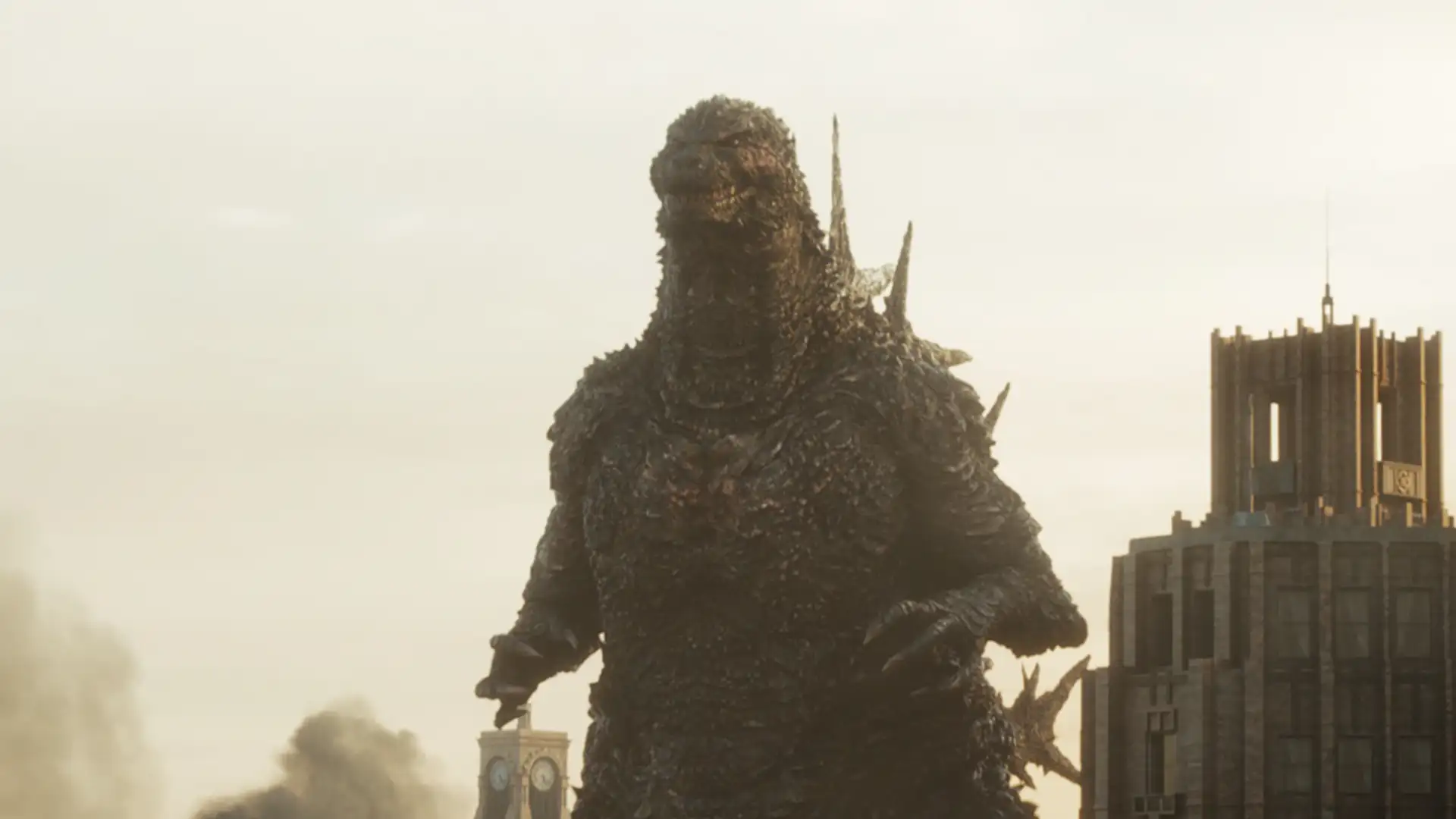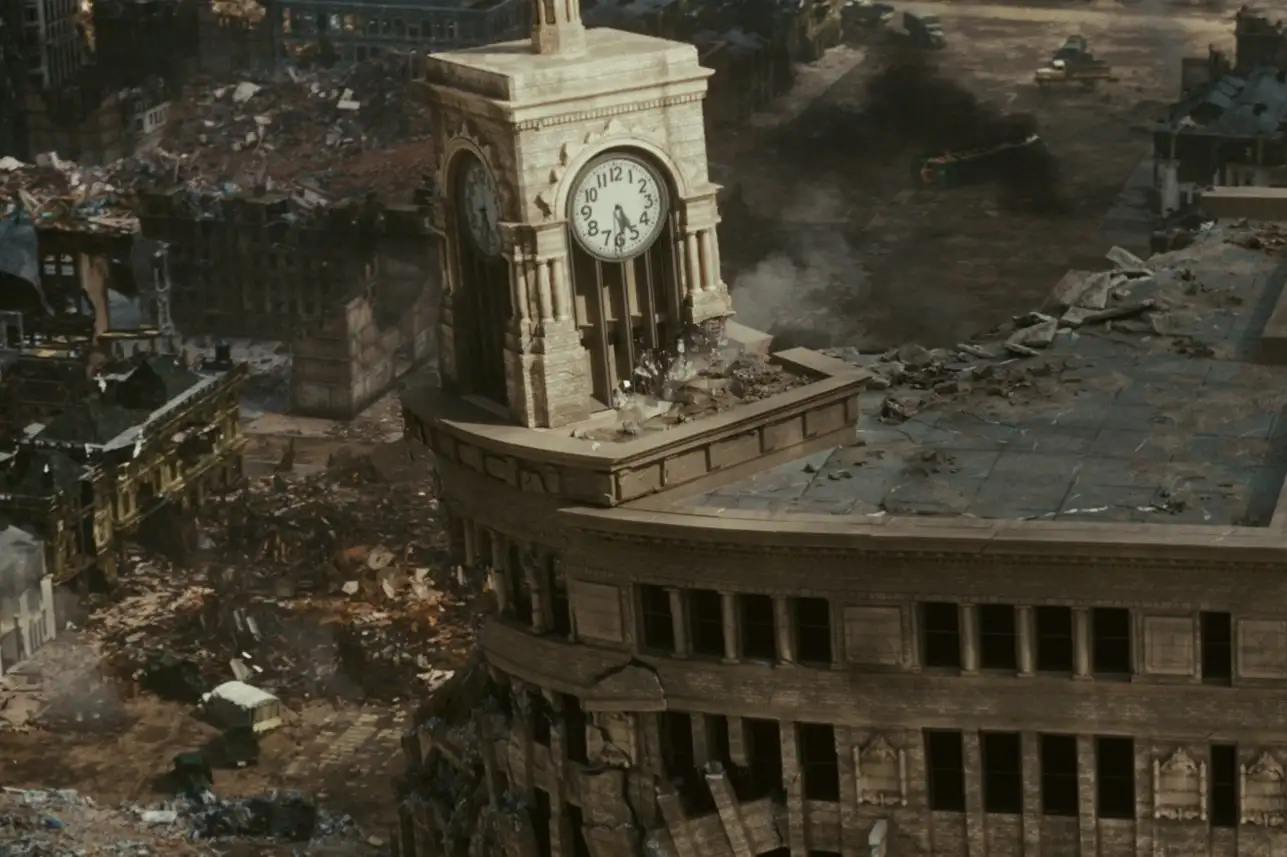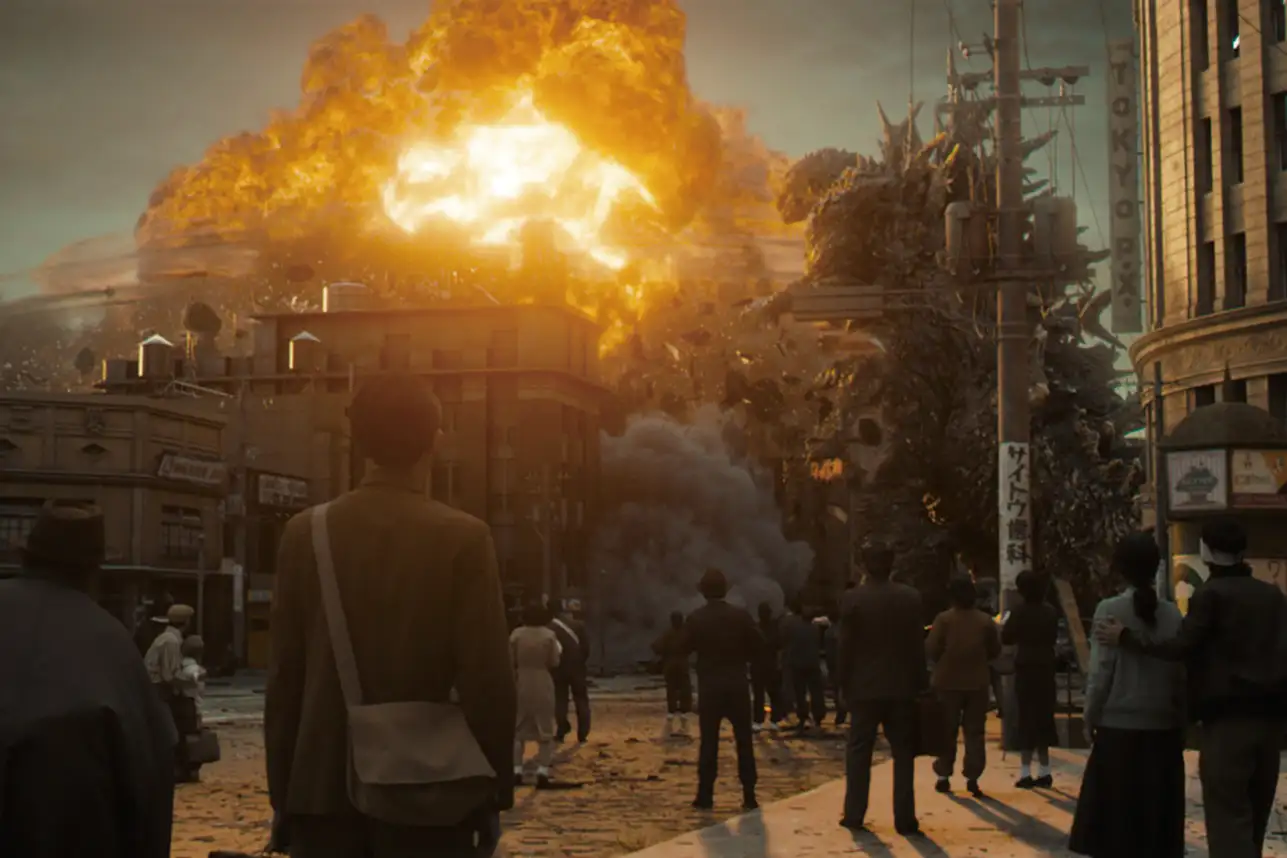After the war, Japan suffered enormous losses. Japan’s navy and airfare were decimated. Most big cities had been devastated and destroyed. Sixty-six major cities had been heavily bombed during the war.4 Major parts of Tokyo had been burnt to ashes. 65% of the residences of Tokyo were destroyed with 57 and 89% for Osaka and Nagoya, respectively As many as 3 million Japanese (3-4% of the population), both military and civilian, were killed during the war. One third of Japan’s wealth had been destroyed. Industries and transportation networks were severely damaged. The conditions were harsh with poverty and food shortages would last for several years.3 30% of the population was homeless. Many of the homes belonging to the wealthy survived only to house the occupation officers. Tokyo’s financial district was undamaged and became “little America,” where MacArthur was headquartered. Railways were functioning across the country. The major cities were full of “ex-soldiers, widows, orphans, homeless and unemployed.” Most Japanese were malnourished. In the fall of 1946, elementary schools had “bread-eating races.” Leftovers and garbage were sources of nourishment. Using poisoned food to kit rats was suspended so that people were not poisoned when eating it. Communicable diseases were widespread and flourished. There was a rise in the abuse of alcohol and drugs along with violent and non-violent crimes. The black market grew in size and funded political campaigns.5


